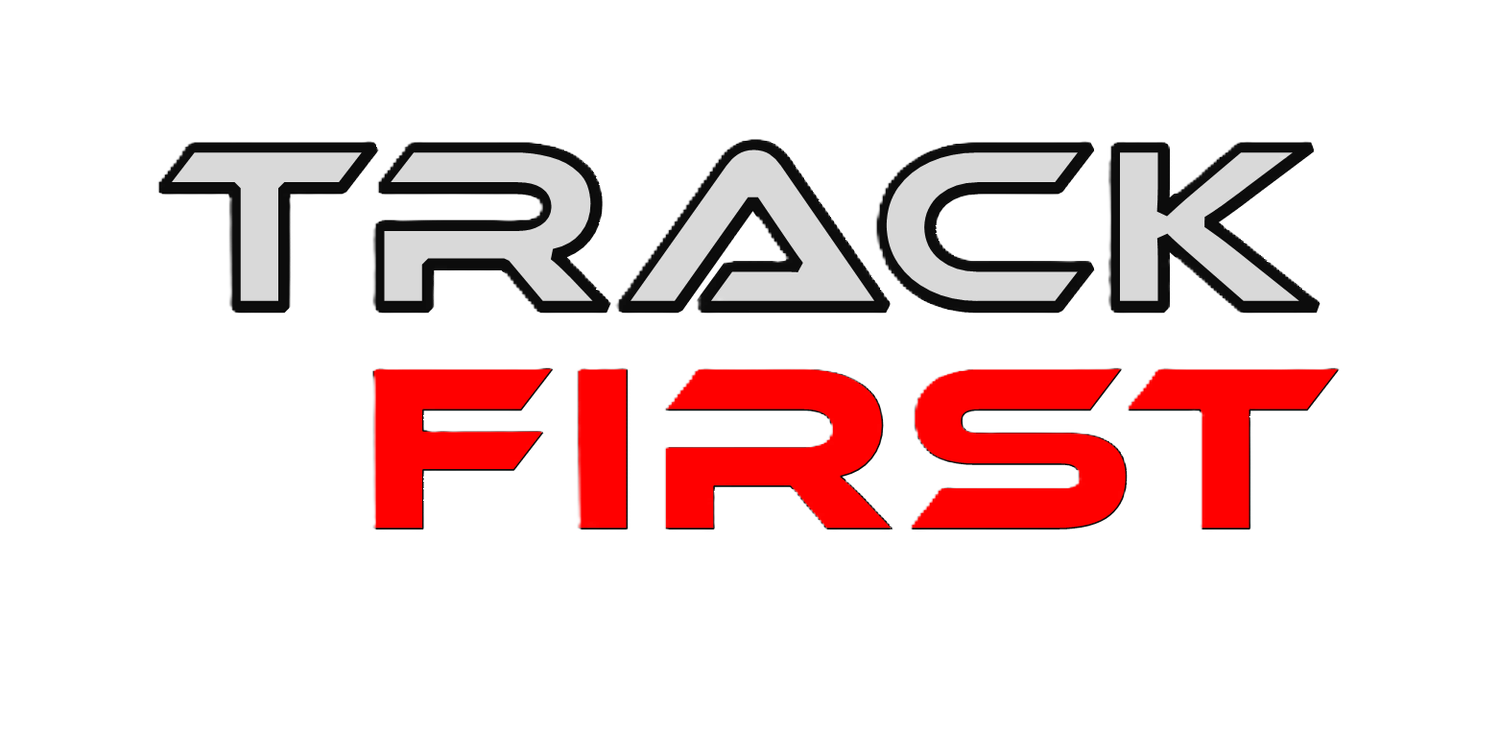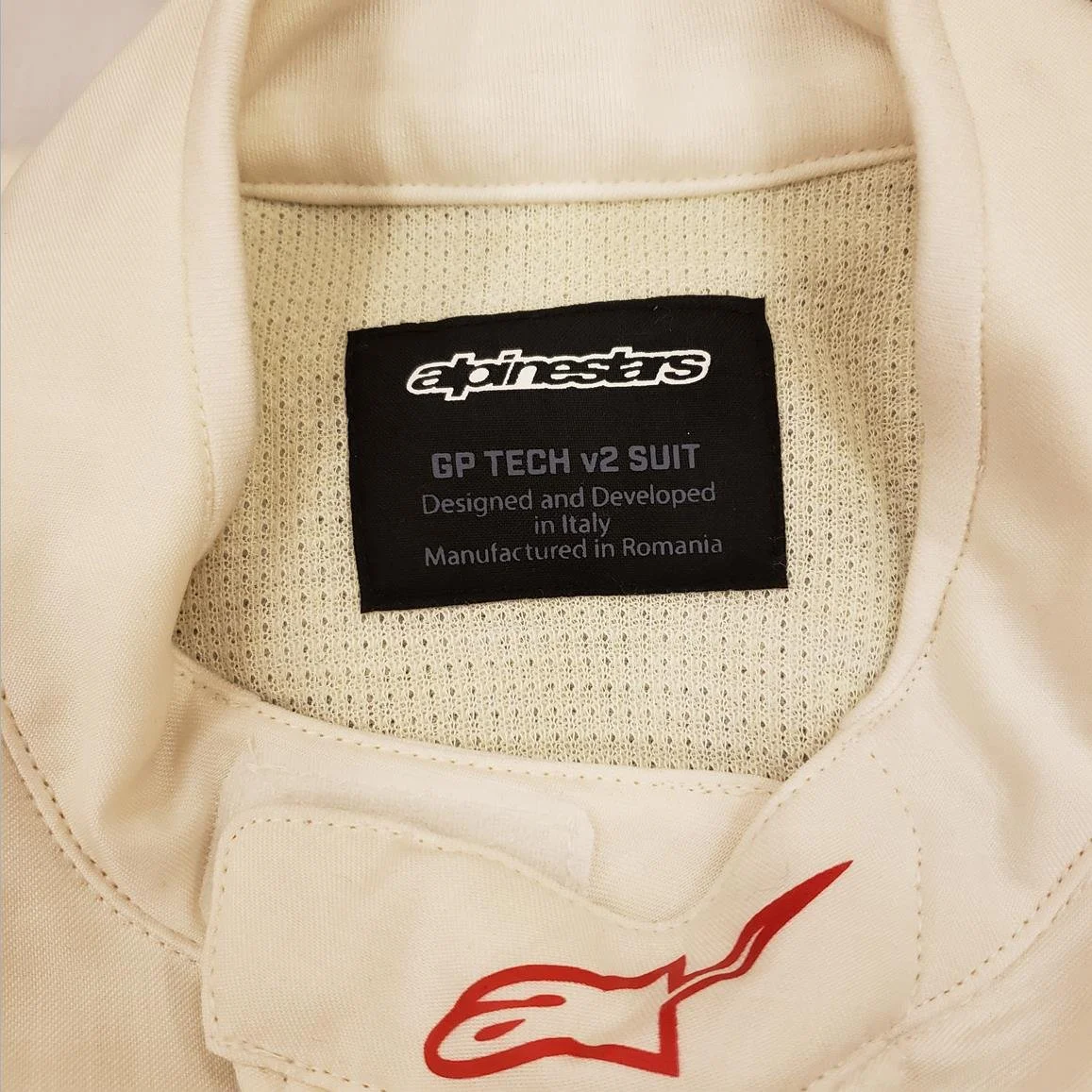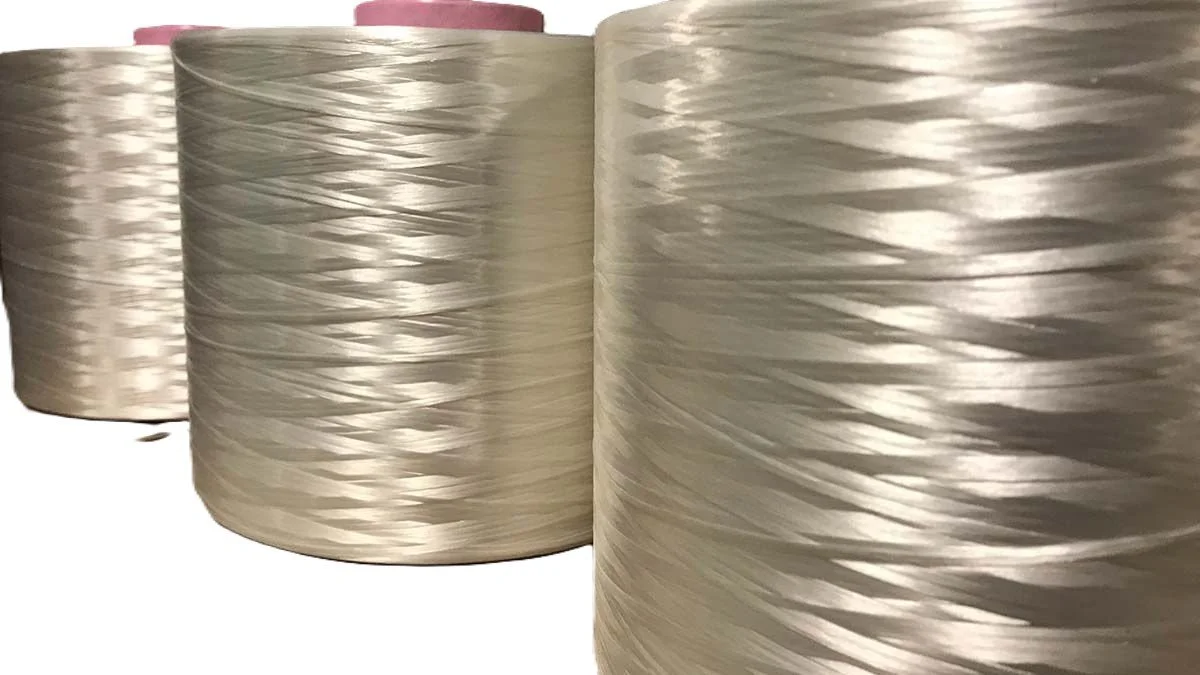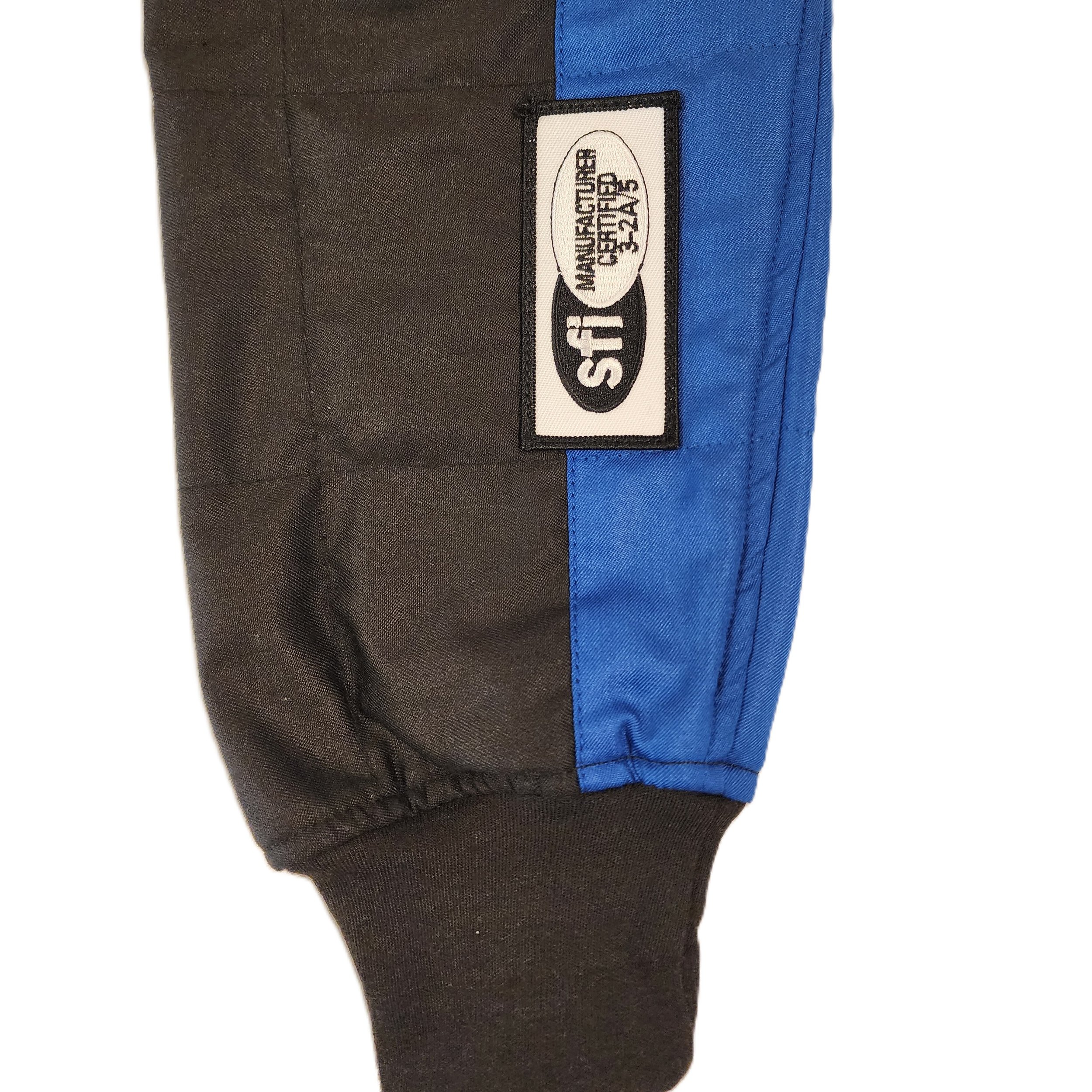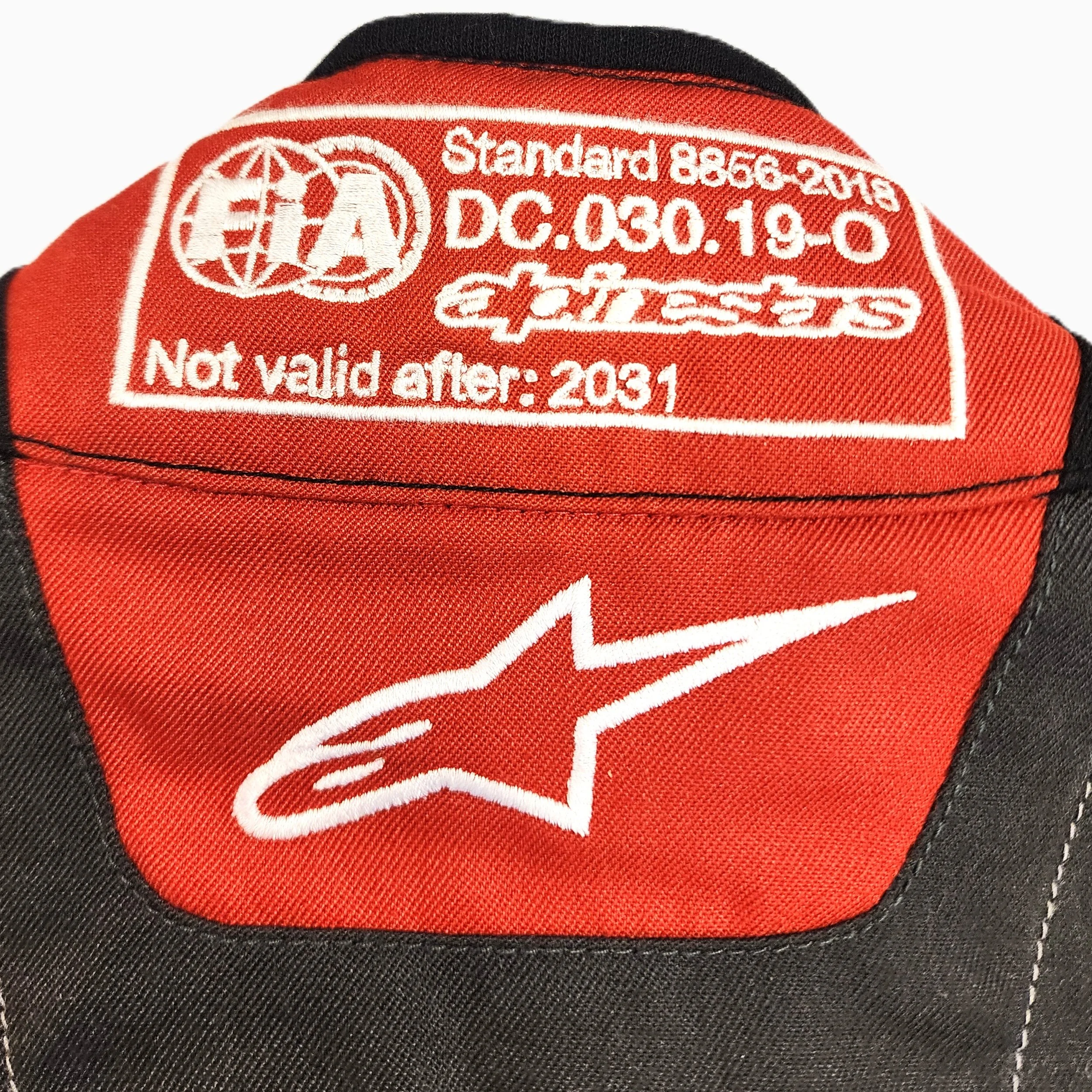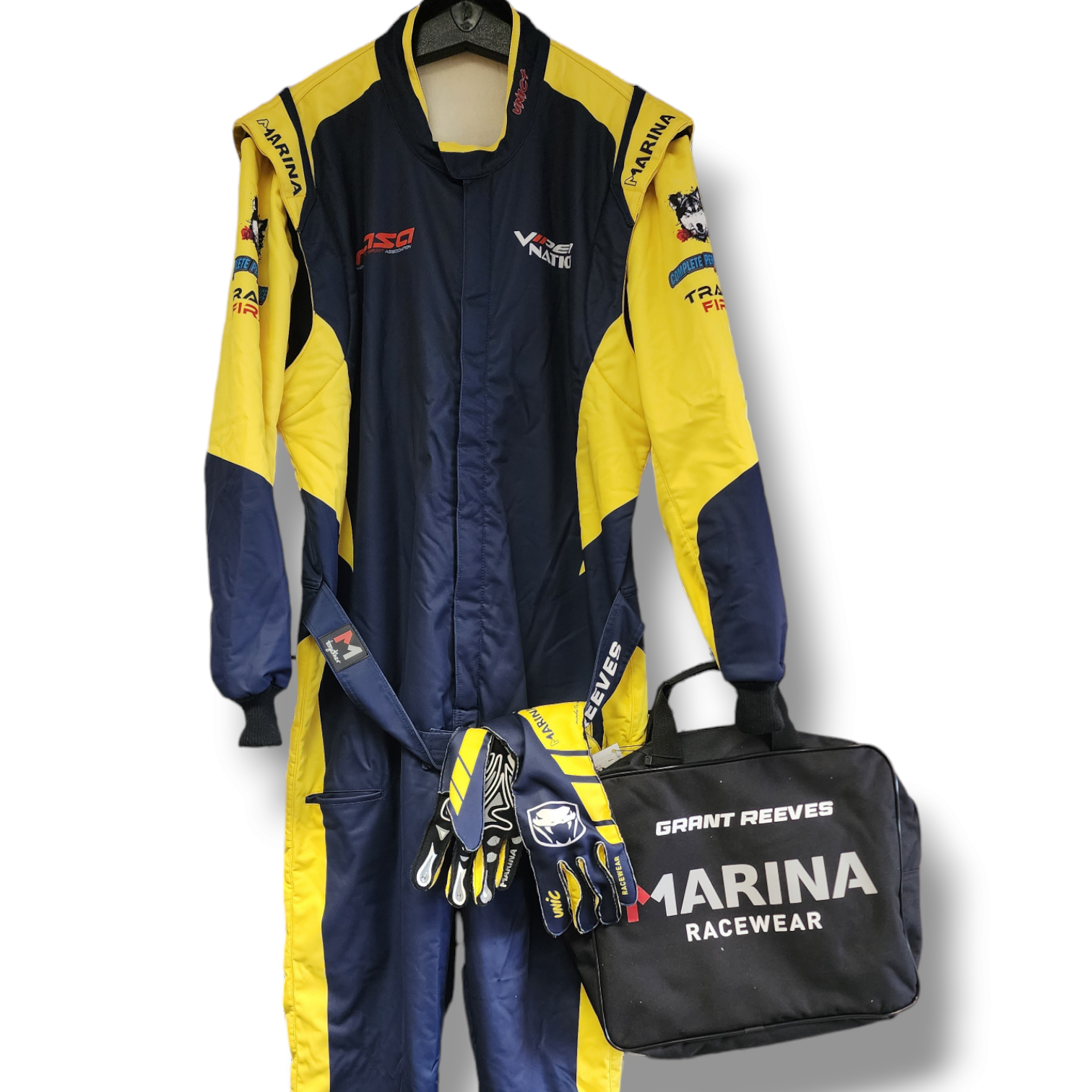FAQ - WHAT SHOULD I KNOW?
The Fabric - You have two choices - Chemically treated or aramid?
A certified racing suit’s fabric will either have been woven using aramid (fire-resistant) fibers or made with a chemically treated organic fabric - usually cotton.
Chemically treated fabrics are classed as Fire-Retardant (FR.)
FR fabrics are chemically coated with a fire-retardant chemical after they were woven - the fire retardancy is not built into the fiber itself. This treatment produces a non-combustible gas that prohibits the ignition and spread of fire, while reducing toxic smoke and fumes. have been treated with chemicals to reduce their flammability and heat transfer. However, to pass FIA & SFI testing standards the suits are heavier.
In addition, the treatment is not permanent as the chemical slowly washes out - but the suits are significantly less expensive than the aramids.
Fabrics woven with aramid fibers (threads) are synthetic material and classed as Fire-Resistant:
Fire-resistant materials have innate properties that make them resistant to catching fire when exposed to open flames or heat sources. The greater the percentage of aramid thread used, the greater the suit’s fire-resistance.
The aramid suit fire-resistant characteristics are permanent.
The blends and composition of an aramid fabric can significantly increase the suits other characteristics including thermal conductivity, weight (lighter), appearance, breathability, flexibility, tensile strength and more.
Nomex® use is popular and some suits are 100% Nomex®. (Scroll down for a fuller explanation)
The FIA and SFI homologation.
SFI suits are rated SFI spec 3.2/… or 3.4/…followed by a number that reflects its TPP rating
FIA suits - For all their apparel categories the FIA uses the number 8856 - followed by the year of the homologation. FIA 8856-2018 is the latest standard.
Both SFI & FIA racing apparel are stringently tested to resist the passage of heat and retard the penetration of fire. The FIA now uses a HTI (heat transfer index) metric & the SFI uses TPP (thermal protective performance) to rate the suits performance. The testing goes beyond solely testing the fabric and tests other properties takes such as tensile strength.
The FIA and SFI homologation tags.
FIA tags are placed externally on the back of the suit’s collar and on the inside of the front opening.
SFI tags are placed externally on the suit’s left sleeve.
These tags ensure that your racing suit complies with the safety standards set by the FIA (Fédération Internationale de l'Automobile) for international motorsport or the SFI Foundation for use in North America (FIA is also accepted.)
The Commonalities
… and must haves as required by the SFI and FIA.
For racing suits the list includes a Nomex® lining, tight cuffs at wrist and ankles, closed collar, fire-resistant zips and shoulder handles that can be gripped.
The Construction & air gaps
You will notice most suits use a quilted*, outer structure. This is to create air pockets in the layers. Air pockets aid the suit’s flame and heat retardancy. It is also why your suit should not be tight. Note, adding layers (underwear, shirts) under the suit also slows the passage of heat to the body.
*The Sparco HOCOTEX technology is an exception.
The Weight of the suit
The GSM (grams per square meter) varies with the thickness of the actual yarn (fiber), the composition of the yarn (fiber) and the weave of the fabric. Such as 300/360/gr/sqm, or 390g/sqm. Bigger numbers reflect a heavier suit. The greater the percentage use of ‘exotic’ fabrics (aramid thread) the lighter the suit will be. However, a lighter suit will significantly increase the cost since these technical fibers are expensive.
Weight is important.
It is the first thing our customer’s question. Weight increases a driver’s temperature. Extra heat affects driver’s comfort levels and will become a distraction. Any driver distraction generates both focus, safety & performance issues.
The Features which aid driver comfort, mobility, performance, focus and safety.
Stretch panels – aids mobility & breathability. Strategic areas include, lower back, crutch and knees.
Full or semi floating sleeves – aids mobility, fitment & comfort. The sleeves are attached to the shoulder and chest sections using a different, (usually stretchable) fabric.
An ergonomic cut – one that better conforms to the shape of the body. This avoids uncomfortable fabric bunching.
Additional features such as hidden pockets, slits for cooling tubes and electronics.
A fabric that permits sublimated or screen printing of logos and patches – much easier than embroidery or sewing on patches.
Another choice - ankle cut or boot cut?
BOTTOM LINE.
The more you spend, the greater the number of features and upgrades the suit will offer. Features that enhance your comfort, safety and performance
CUSTOM SUITS
Custom racing suits are becoming more affordable, and offered by many manufacturers, including the major brands. The suits must adhere to the same SFI & FIA standards. Their manufacture does take longer and that must be taken into consideration when ordering the suit, especially at the beginning of the season when teams have put their orders in.
We work with Marina Racewear (completely manufactured in Spain) and we highly recommend them. We have found them to be reliable, quick delivery and have an easy, on-line, drag-and-drop creative process. They offer a complete range of FIA apparel plus teamwear.
CHECK THEM OUT
FINALLY….
MAINTENANCE
Racing organizations will check the condition of your apparel. They can reject any suit - no matter its age. They will be looking for tears, frayed edges, holes, and other damage including oil spills (a heat & flame passage.)
Maintain your suit. Keep it clean. Use Molecules’ suit maintenance kit.
At the track use their spot cleaner spray to stop any fluids penetrating through the fabrics.
Keep the suit dry, hung and away from humid conditions.
We recommend hanging the suit inside out at all times.
Protect your suit from UV light. It can damage aramid fibers.
For suits with organic blends exposure to the sun will cause the colors to fade or stripe.
2. ALWAYS CHECK THE RULES OF YOUR ORGANIZATION
Race sanctioning bodies will clearly state their apparel safety rules. Most USA groups accept SFI & FIA certification. International organizations, such as WEC, IMSA, will mandate FIA homologations, even if the races are held in the US.
Groups that allow SFI Spec 3.2A/1 (single layer suits) will also require FR underwear to be worn under the suit.
It’s really a driver preference and little to do with safety.
In general - since boot cut is a NASCAR preference (look), the design is only offered for the US customer base and with a SFI homologation. A FIA suit can be attained with a Boot cut, but will be a special order.
Boot cuff suits do sport a cuff - it’s just hidden.
ANKLE CUT
BOOT CUT
